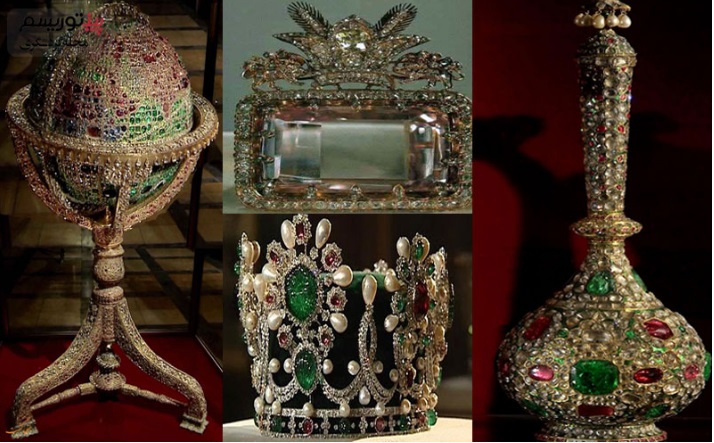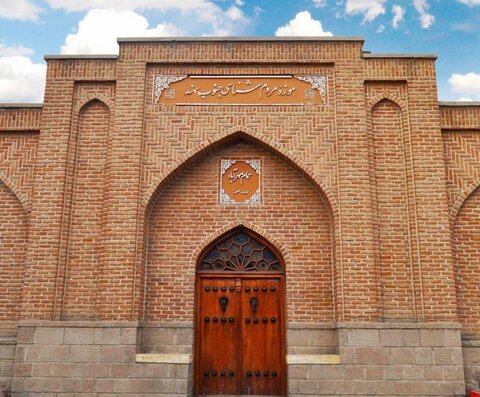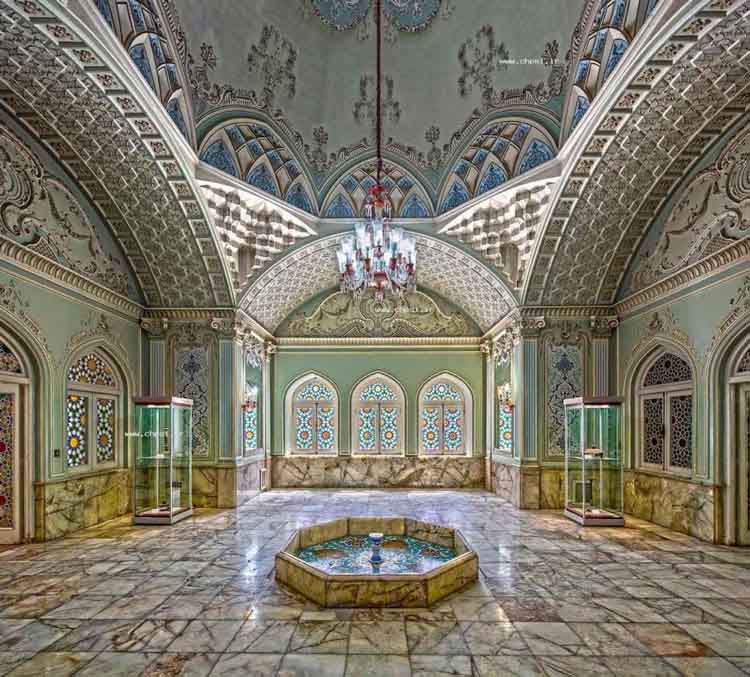
Yazd Water Museum Keynote
Yazd is one of the desert cities of Iran with a dry climate and low rainfall, in which life is highly dependent on the supply of underground water resources. Therefore, from the very distant past, the people of this land have invented ways to transfer water so that this valuable resource can be transferred with the highest efficiency and the least amount of wastage.
The Yazd Water Museum is a manifestation of the efforts of the desert people over several centuries to access valuable water resources. This museum, which is located in the north of the historical square of Amirchakhmaq, was established in 2000 in the house of Kolahdouzha.
Features of the Building of the Yazd Water Museum
The House of Kolahdouzha, where the Yazd Water Museum is located, was constructed in the late Qajar era (19th century AD) by one of the famous merchants of this city, named Haj Akbar Kolahdouz. From the point of view of architecture, this
house is considered as one of the veiled houses, and with 720 square meters, it has indoor and outdoor and it is built on five floors.
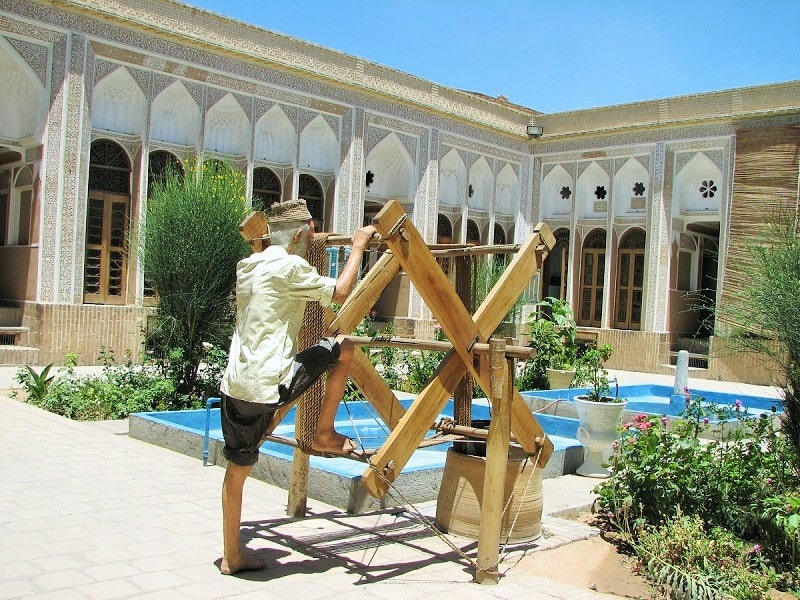
Uses and Features of Each Floor in the House of Kolahdouzha
• First Floor:
Two branches of the Rahimabad and Zarch streams pass through this level of the building. The Zarch Qanat, one of the oldest qanats in Yazd, was constructed around 2,000 years ago. Despite its age, it remains functional today and extends for 75 meters.
• Second Floor:
Located 10 meters below ground level, this floor features an octagonal design. Its temperature is about 20°C cooler than the outside air, making it ideal for food storage. A pond on this floor is continuously supplied with cool water from the qanat and serves as a shallow reservoir from which water could be drawn.
A wooden basket hangs from the ceiling, once used to store food items such as cheese and oil. Additionally, several hooks suspended from the ceiling were used to hang meat joints.
• Third Floor:
This level includes several corridors and rooms that were traditionally used by the household members during the summer months, taking advantage of the cooler underground temperature.
• Fourth Floor:
Serving as the ground floor of the house, this level contains a five-door room, a wind room, a central hall, sash windows with beautiful colored panes, a kitchen, a water tank, and servants’ quarters. Two ponds are located on this floor, and the walls are adorned with muqarnas stucco and mirror work. The decorative motifs—featuring plants and birds—are especially noteworthy from an artistic perspective.
• Fifth Floor:
This level contains a well equipped with a wheel mechanism, used in the past to draw water for drinking and cleaning purposes.
Conversion of the House of Kolahdouzha into the Yazd Water Museum
The concept of establishing the Yazd Water Museum was first proposed in 1999 AD, and one year later, the House of Kolahdouzha was converted into a museum. It now displays a wide range of artifacts and tools related to water extraction, qanat systems, and transportation, showcasing the ingenuity and perseverance of the people of Yazd in managing this precious resource.
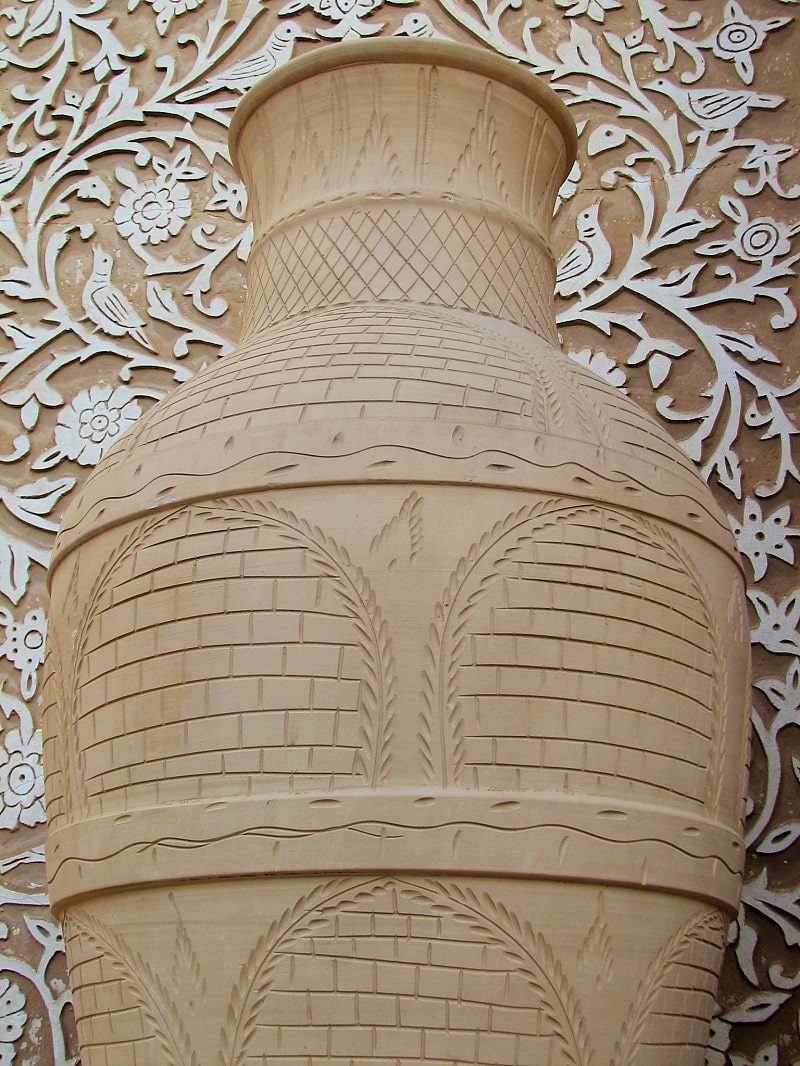
The selection of the House of Kolahdouzha as the place to create the Yazd Water Museum was due to several special advantages of this place:
1 - The House of Kolahdouzha was located near Amirchakhmaq Square, one of the main tourist centers of Yazd, and had beautiful architecture and unique decorations.
2 - There were many water installations in this building, such as a riffle, a cellar, a well, a water wheel, and a qanat.
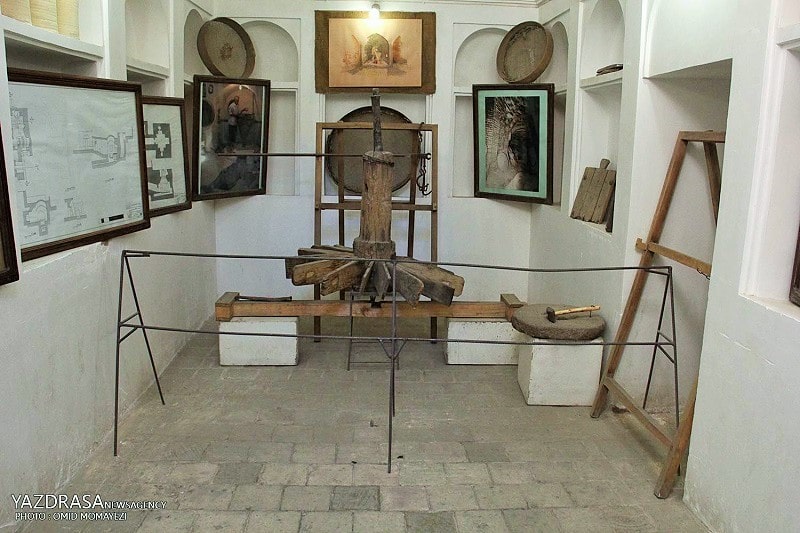
The Object Exhibited in the Yazd Water Museum
The Yazd Water Museum contains about 200 objects related to different stages of water extraction and transportation. Tools for digging qanats, documents related to qanats, tools for providing lighting and transporting the water qanats, including jugs, jars, well wheels, waterskins, water distribution tools, and tools for using water energy are some of the objects exhibited in this museum. These objects are made of such materials as copper, brass, glass, clay, and wood.
Among all the objects in the Yazd Water Museum, oil lamps are the oldest. Of course, there are other lamps called carbide lamps in this museum, which are made of a white stone similar to limestone, which is called carbide stone.
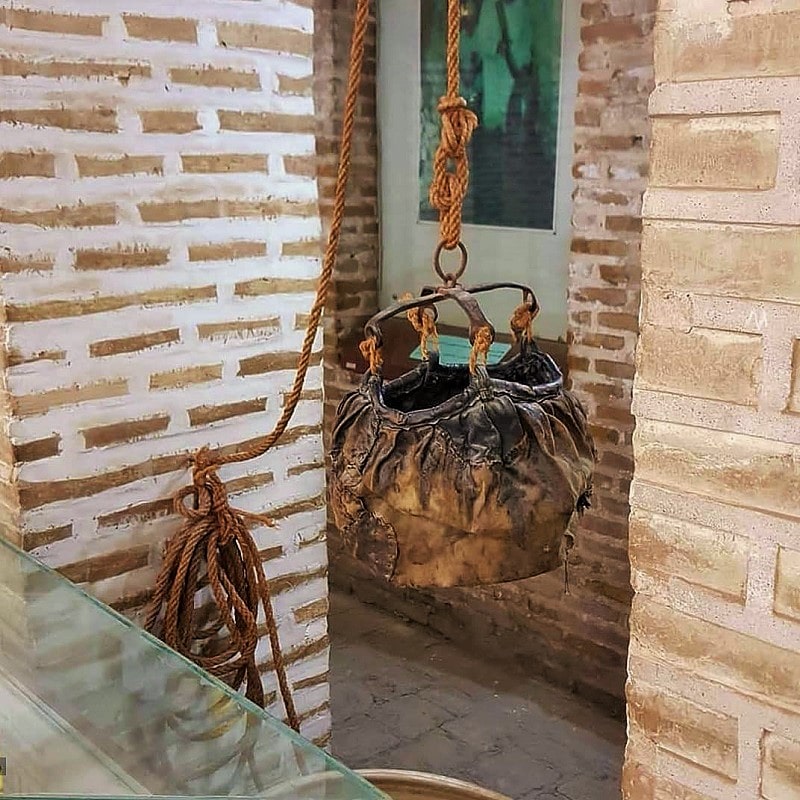
A water clock is also on display in the museum, which was called Sabukshi in the old days. This watch had been a time-measuring device. Sabukshi consists of a copper container with a small hole in the bottom, which is placed in a larger container of water and gradually filled with water. The full bowl was considered a unit called “Sabu” and was used to measure the time of water allocation to different users.
| Name | Yazd Water Museum Keynote |
| Country | Iran |
| State | Yazd |
| City | Yazd |
| Type | Historical |
| Website | https://watermuseum.yzrw.ir/ |
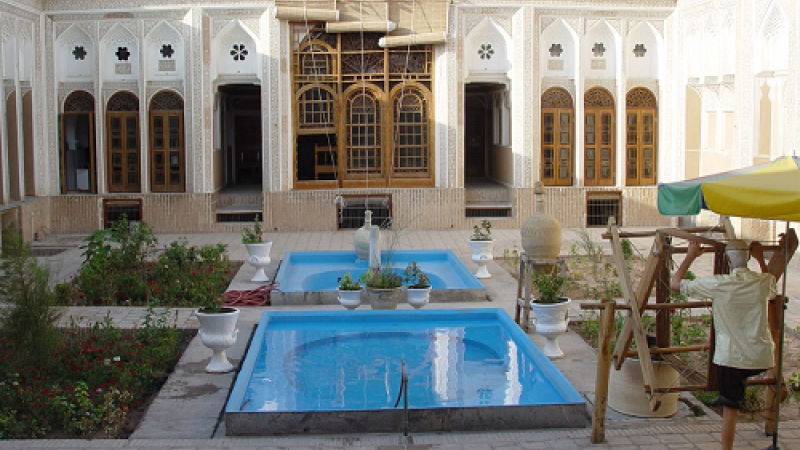
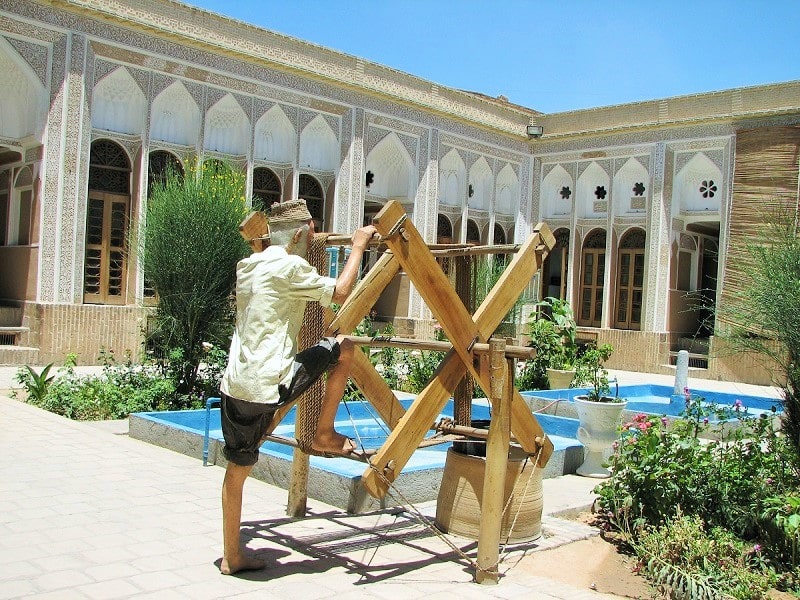
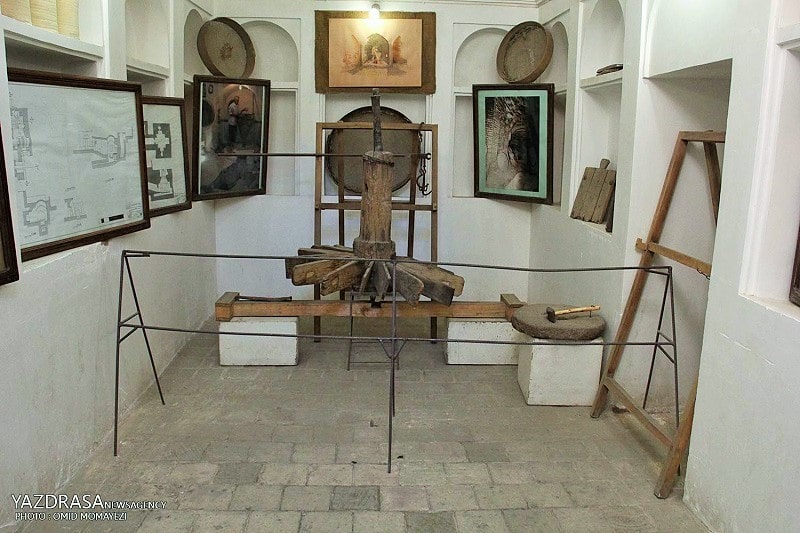
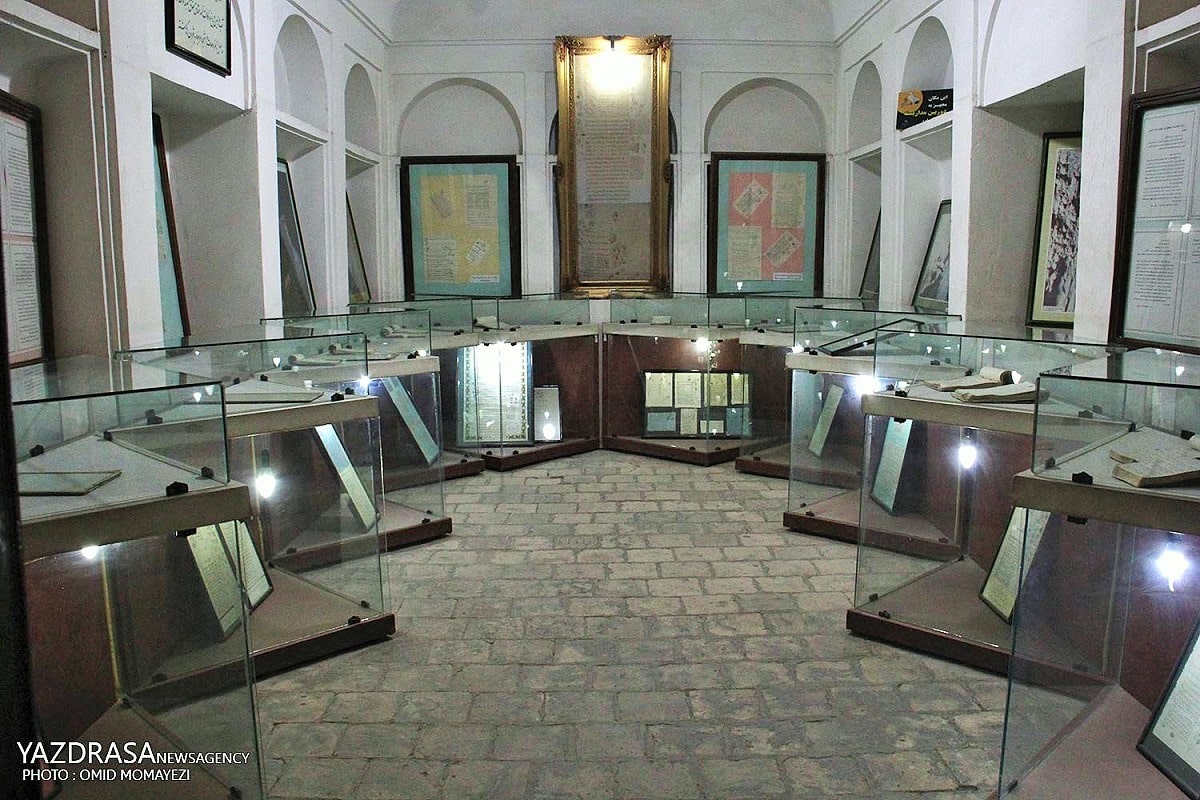
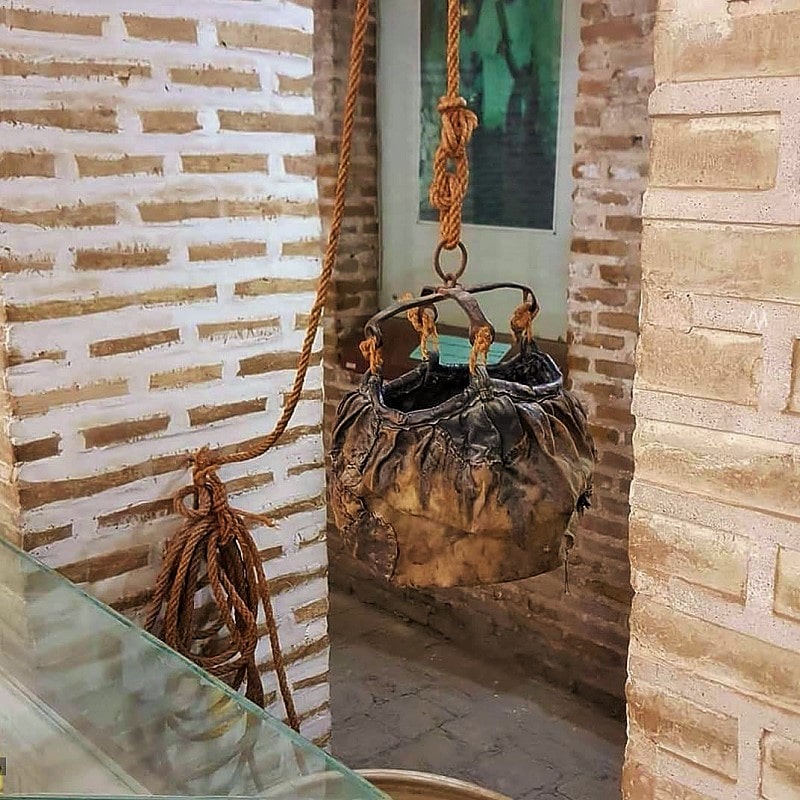
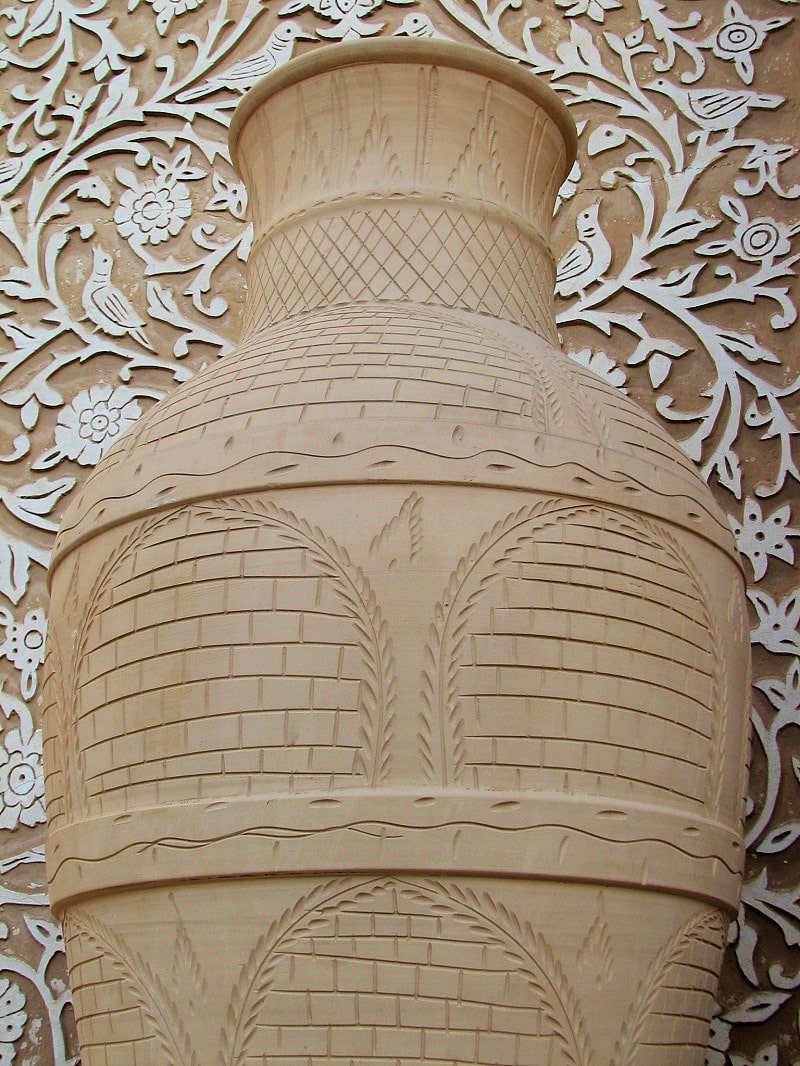






Choose blindless
Red blindless Green blindless Blue blindless Red hard to see Green hard to see Blue hard to see Monochrome Special MonochromeFont size change:
Change word spacing:
Change line height:
Change mouse type:

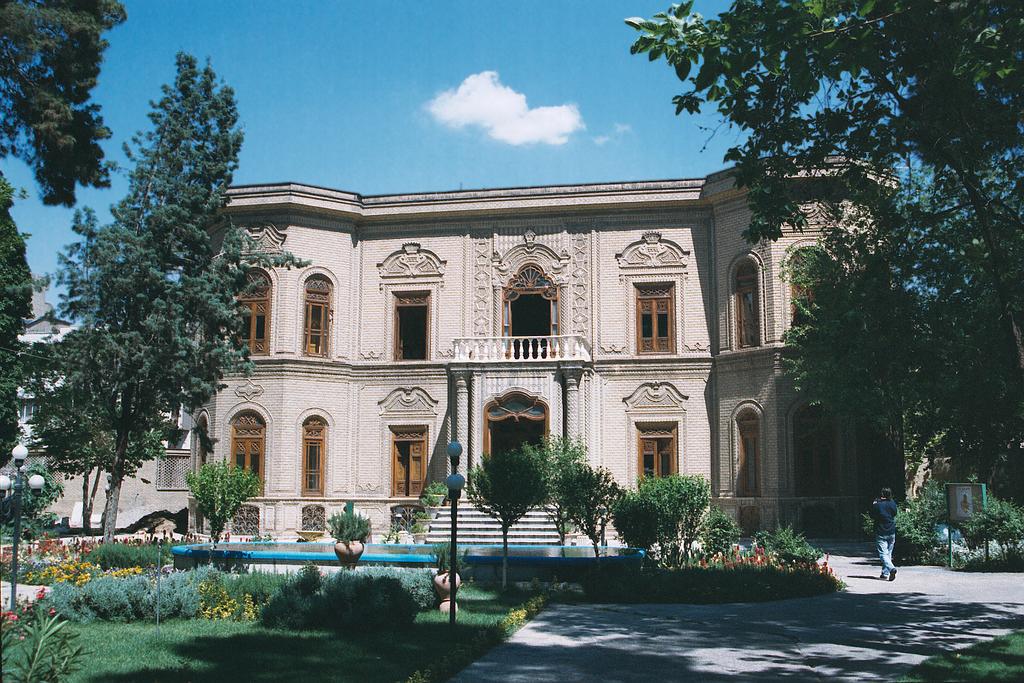
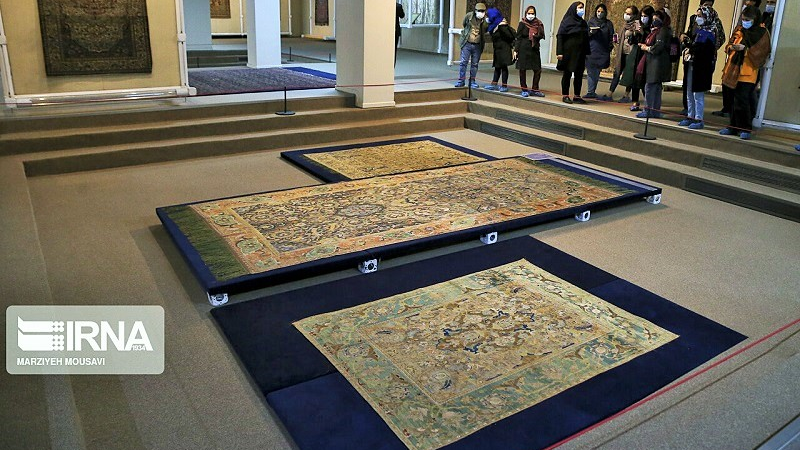

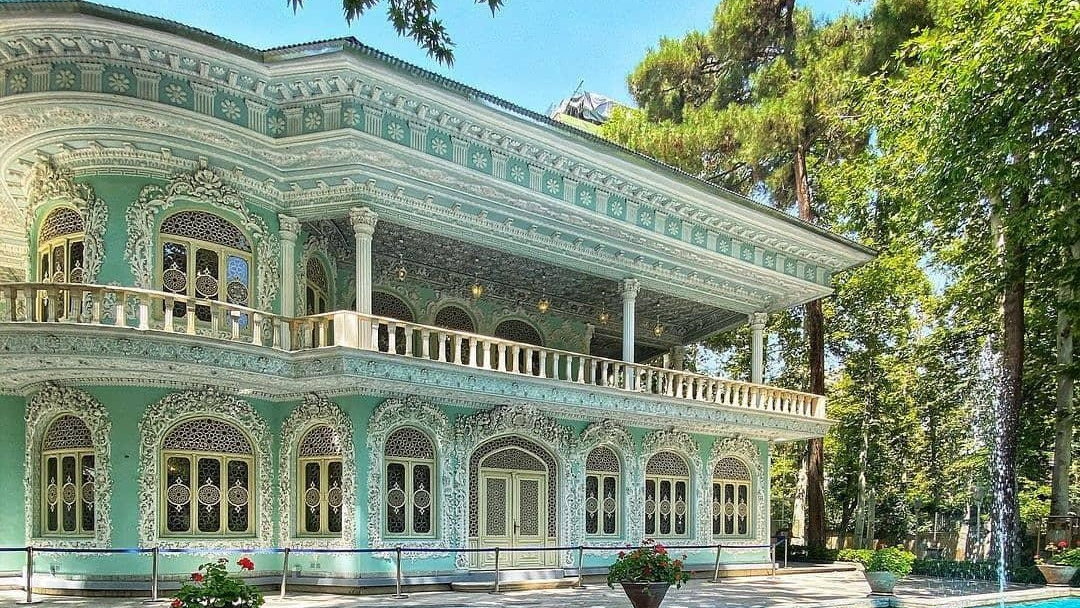



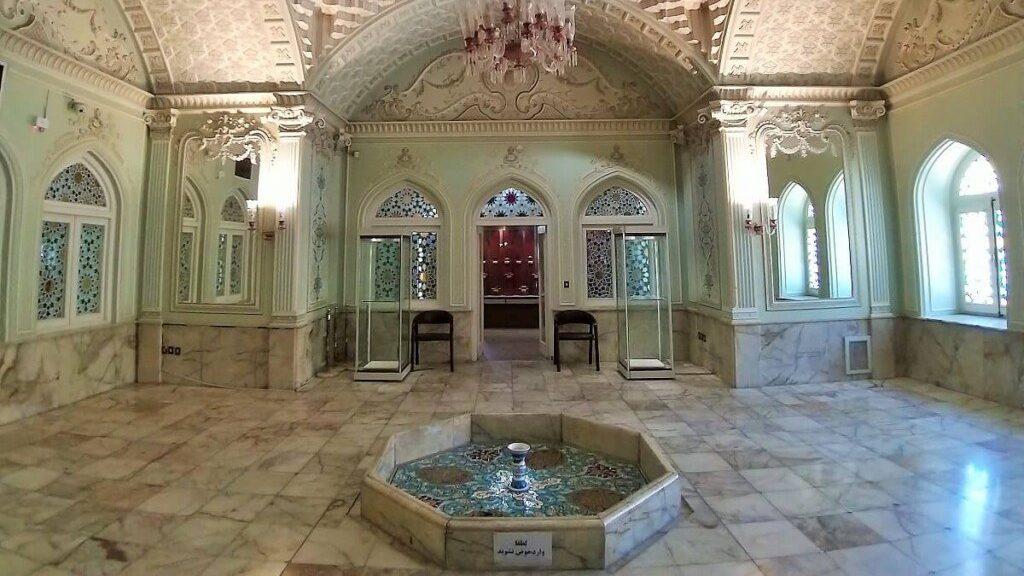

 ابرکوه_crop_3.jpg)
_crop_1.png)
